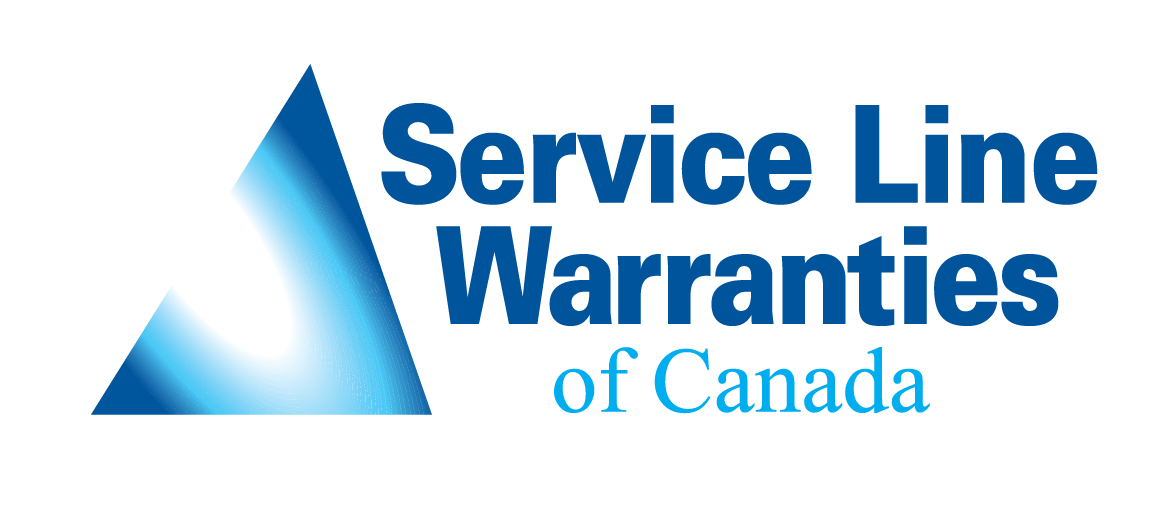According to AARP’s Aging Readiness and Competitiveness (ARC) Report, Canadians age 65 and older outnumber those younger than 15 and more than 92 percent of them live in private households rather than nursing homes, with 81 percent living either alone or with a spouse. A growing trend for older adults is “aging in place.”
A comprehensive study on this subject by AARP explains,
“this means to grow old in the home where one raised children or in another non-institutional setting in the community. During a lifetime, people develop connections to place and form relationships with neighbors, doctors, hairdressers and shopkeepers. They become intimately familiar with the route to downtown, the rhythm of summer concerts at the band shell park, the best places to get a coveted burger and personalized greeting. These associations, of value to both the individual and the community, cannot be quickly or easily replicated in a new environment. In essence, they can play a pivotal role in successful aging.”
Researchers conducted a comprehensive study of how aging affects one’s ability to perform home maintenance tasks. This study explored the issues that older adults have with maintaining their home and issues that they might foresee in performing those tasks in the future. The researchers also investigated the services, products, technologies, and remodeling options older adults considered or used that could help them with aging in place.
From the interview responses, the researchers developed a list of the most difficult home maintenance activities. These included cleaning, outdoor, home upkeep, repair, indoor update/remodel and maintenance tasks. The total number of comments made by participants that were related to difficult home maintenance tasks was 316; 16 percent of the difficult tasks mentioned were categorized as home upkeep. This category of tasks included heating, ventilation and air conditioning maintenance, such as changing or replacing the furnace filter, pest control, replacing light bulbs, roof replacement and maintenance of smoke alarms and carbon monoxide detectors. Some older Canadians are no longer able to complete these tasks, potentially putting aging in place out of reach.
The study concludes that:
“These results present opportunities for interventions that can help older adults remain independent in their homes longer. By understanding the nature of home maintenance problems older adults encounter while aging in place, as well as their solutions for managing difficult home maintenance tasks, interventions and redesign efforts can be more effective and address the areas of greatest need. To that end, home service providers, technology developers, home designers, and senior agencies can enable aging in place.”
Emergency home repair plans provide services that can address several important aspects of safely aging in place:
Proactive attention to a problem – a person with a plan is more apt to call for service on a small problem before the issue becomes worse, and potentially dangerous. Once on-site contractors can check other systems to ensure there are no additional issues and if any are discovered they can be fixed immediately.
Expeditious response – while it may take days to vet and schedule a contractor independently, an emergency home repair plan has a defined and short response time
Careful screening/vetting – emergency home repair plans provide consumers access to fully-vetted, licensed and insured local contractors. This dramatically reduces the risk related to allowing a stranger into one’s home, particularly for elderly people living alone.
Service Line Warranties partners with Canadian municipalities to offer water line, sewer line and in-home plumbing repair plans to homeowners. Contact us to learn more about how the program can benefit your community!
